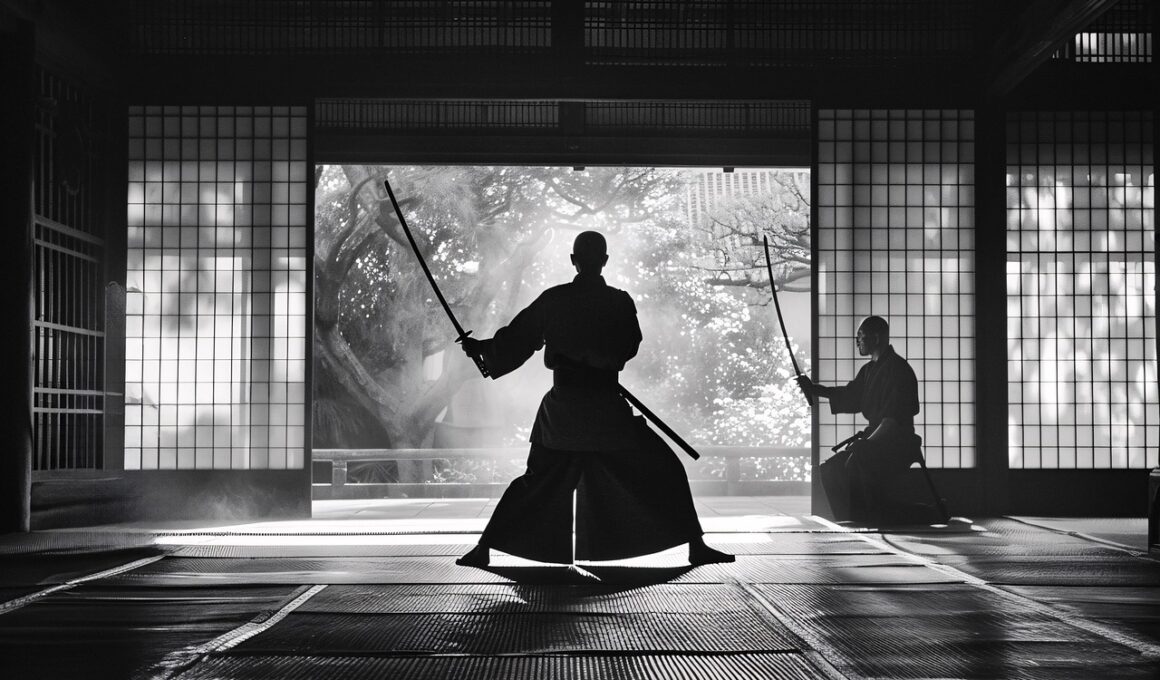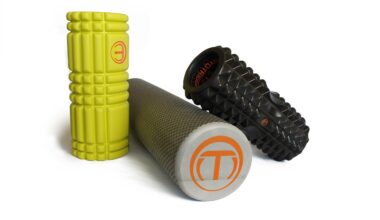Injury Prevention and Safety in Traditional Martial Arts
Traditional martial arts are a revered discipline that focuses on physical improvement, mental focus, and self-defense skills. However, participating in these activities comes with inherent risks, particularly injury. To minimize these risks, practitioners should prioritize safety through various preventative measures. It is crucial for individuals to engage in thorough warm-ups before each session, ensuring that their muscles and joints are prepared for the physical demands ahead. In addition, using appropriate protective gear, like gloves, mouthguards, and shin guards, can significantly reduce the likelihood of injuries during practice and sparring sessions. Flexibility and strength training should be incorporated into routines to enhance overall physical capabilities, making bodies more resilient to potential impacts. Building awareness of surroundings and being cautious when practicing techniques leads to safer environments. Furthermore, instructors should promote clear communication amongst students, fostering an environment where questions about safety are encouraged. Additionally, regularly inspecting and maintaining training equipment, as well as training venues, is necessary to avoid accidents stemming from faulty gear or hazardous conditions. Practicing responsibly plays a critical role in achieving goals while staying injury-free.
Understanding Common Injuries in Martial Arts
Identifying the common injuries that can occur during traditional martial arts training is essential for effective injury prevention. Injuries can range from minor bruises to significant strains, sprains, and fractures. The most common areas affected include the wrists, ankles, knees, and shoulders. Strains often occur during intense training sessions when proper technique is not maintained. Sprains, on the other hand, frequently result from awkward landings or movements. All practitioners should learn the proper execution of techniques to mitigate the risk of injury. By focusing on form, participants can ensure that they are training their bodies accurately and minimizing undue stress on joints and ligaments. Gradual progress in intensity will help reduce the risk of overuse injuries. Another critical factor is ensuring that the training environment is safe and allows for proper movement. Adequate flooring or mats may cushion falls and prevent injuries. Finally, encouraging open dialogue about injuries and any pain experienced during training promotes an injury-preventive culture. Taking these factors seriously helps create a more secure training atmosphere, enabling martial artists to fully reap the benefits of their practice.
Effective communication between instructors and students is another vital aspect of injury prevention in traditional martial arts. Instructors should clearly convey the importance of proper techniques and safety measures, while students must feel empowered to voice concerns regarding their physical well-being. This mutual communication fosters an environment where everyone can work together to minimize risks. Students should also be educated about the possible consequences of pushing through pain or discomfort, which can lead to unnecessary injuries. As such, they must learn to listen to their bodies and understand the significance of rest and recovery. Instructors should regularly assess students’ awareness and understanding of safety practices, particularly when introducing new techniques. Utilizing appropriate training schedules that incorporate rest days and varied training intensities can improve overall results while preventing burnout or injuries. Furthermore, sparring practices should be conducted with care; controlling the intensity and providing a safe space for practice will help prevent accidents. As students progress, instructors should gradually increase the complexity of techniques and drills while continuously ensuring that safety remains at the forefront of their training. Through comprehensive communication and awareness, martial artists can thrive in a safer, more effective training environment.
The Role of Warm-up and Cool-down Routines
Implementing warm-up and cool-down routines effectively is a pivotal aspect of injury prevention in traditional martial arts. Warm-ups serve to prepare the body for physical activity, enhancing blood flow to muscles, and increasing overall flexibility, thus reducing the risk of strains. Strengthening muscles and preparing joints through targeted exercises is crucial in promoting safe training experiences. It is essential to focus on a comprehensive warm-up that includes dynamic movements, such as arm circles, leg swings, and gentle stretches, while avoiding static stretching at this stage. After engaging in intense training, cooling down is equally important. Cool-down routines enable the body to transition back to its resting state gradually, fostering recovery and reducing muscle soreness. Static stretches during the cool-down can improve flexibility over time while easing tension accumulated during practice. Both routines collectively ensure that martial artists maintain an optimal performance level without compromising their safety. Additionally, taking the time to perform these routines reinforces a culture of safety within the training community. Practicing the warm-up and cool-down can create a lasting habit that enhances an individual’s longevity in the discipline and aids in avoiding common injuries.
The significance of mental preparation should not be overlooked when discussing injury prevention in traditional martial arts. A martial artist’s mindset can greatly influence their performance and approach to training. Cultivating a strong mental focus allows participants to hone their techniques and be more aware of their surroundings and limitations. This mindfulness can lead to safer training choices and minimize impulsive actions that may cause injuries. Visualization techniques can be beneficial in refining skills and anticipating potential risks; a well-prepared mental state contributes to better decision-making during practice and sparring. Moreover, employing techniques like meditation and breathing exercises can foster mental resilience and reduce stress, further enhancing a student’s ability to train effectively. Encouraging martial artists to reflect on their progress can strengthen their commitment to learning. By acknowledging personal growth and areas for improvement, practitioners can avoid feelings of frustration that may lead to overtraining or carelessness. Ultimately, fostering a positive mindset encourages not only personal development but also a community that prioritizes safety throughout traditional martial arts training, ensuring that every practitioner can thrive while minimizing injury risks.
Importance of Using Protective Gear
Utilizing appropriate protective gear is a crucial component in safeguarding traditional martial artists from potential injuries during training. Gear such as headgear, mouthguards, and shin guards offers critical protection to vulnerable areas prone to impact. Each piece of protective equipment serves an essential purpose; for instance, headgear significantly reduces the risk of concussions, while mouthguards protect teeth and gums. Investing in high-quality gear designed for martial arts can enhance comfort and effectiveness, making it easier for practitioners to focus on their training. Additionally, students must be educated about the importance of wearing this protective gear, as some may underestimate its necessity. Emphasizing the idea that safety should always be a priority can encourage individuals to adopt these measures consistently during practice. Protective gear is especially vital during sparring, where contact is unavoidable, and the risk of injury increases. Regular assessments should be conducted to ensure that protective equipment remains in good condition and fits properly. As practitioners progress through their training, having access to well-fitted, suitable gear becomes increasingly essential. By recognizing the significance of protective equipment, martial artists can significantly enhance their safety and overall training experiences.
Creating a supportive training environment is critical for injury prevention in traditional martial arts. Both instructors and students play essential roles in fostering a culture that prioritizes safety and individual growth. Instructors should encourage a positive atmosphere where students feel comfortable discussing concerns and sharing their experiences during training. This openness allows individuals to learn from each other and promotes collaborative problem-solving when accidents arise. The connections built within this supportive environment enhance teamwork, camaraderie, and a collective commitment to safety practices. Peer support can motivate individuals to adhere to injury-preventive measures, ultimately leading to a more conscientious training community. Furthermore, everyone involved should remain mindful of personal limits and advocate for themselves and their partners during training. Acknowledging that each individual’s journey is unique can foster respect and understanding, minimizing risk while encouraging progressive learning. Regular team-building activities can strengthen relationships between students and instructors, creating a more cohesive training community. By working together to promote a culture of safety, martial artists can effectively reduce injury rates, cultivate lasting friendships, and enhance their overall training experiences while pursuing mastery of their traditional arts.


